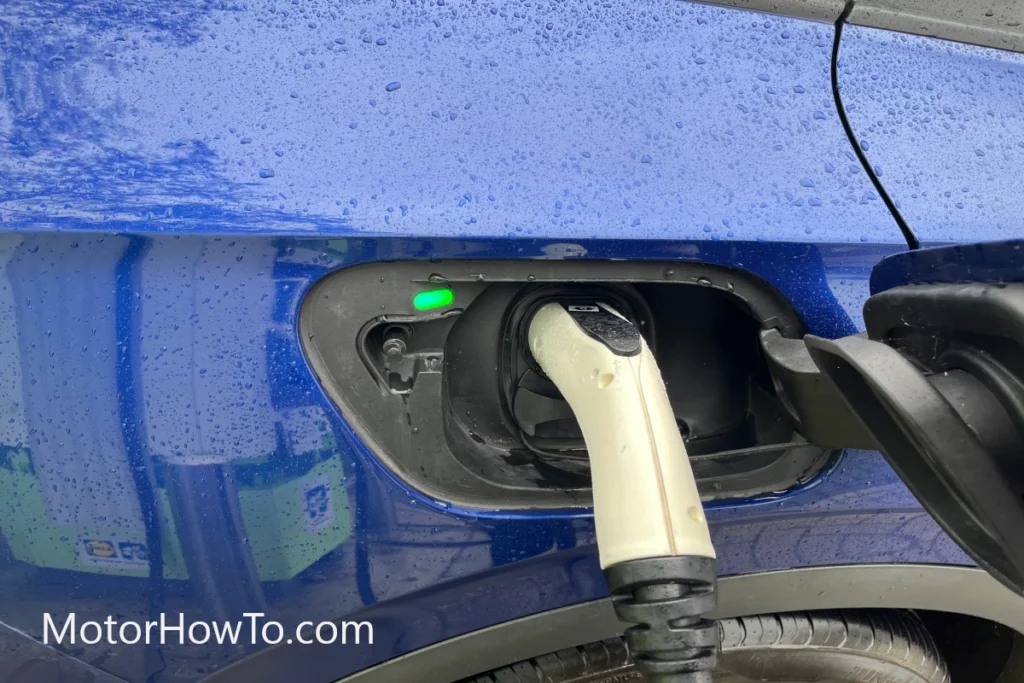The temperature gauge of a car is an important instrument that you need to be aware of because of how your car’s temperature can make or break your entire car.
Everyone knows that the engine should not be too hot because it will end up overheating, which will cause damage to the engine.
Where exactly should the temperature gauge be pointing? Should the temperature gauge be in the middle?
The ideal temperature of a car should be lower or somewhere between 195 and 220 degrees Fahrenheit (90.5 and 104.5 degrees Celsius), which would point to the temperature gauge needle near the middle of the gauge. The needle doesn’t sit exactly right in the middle but the point is that the pointer should be close to the middle and not too far from it.
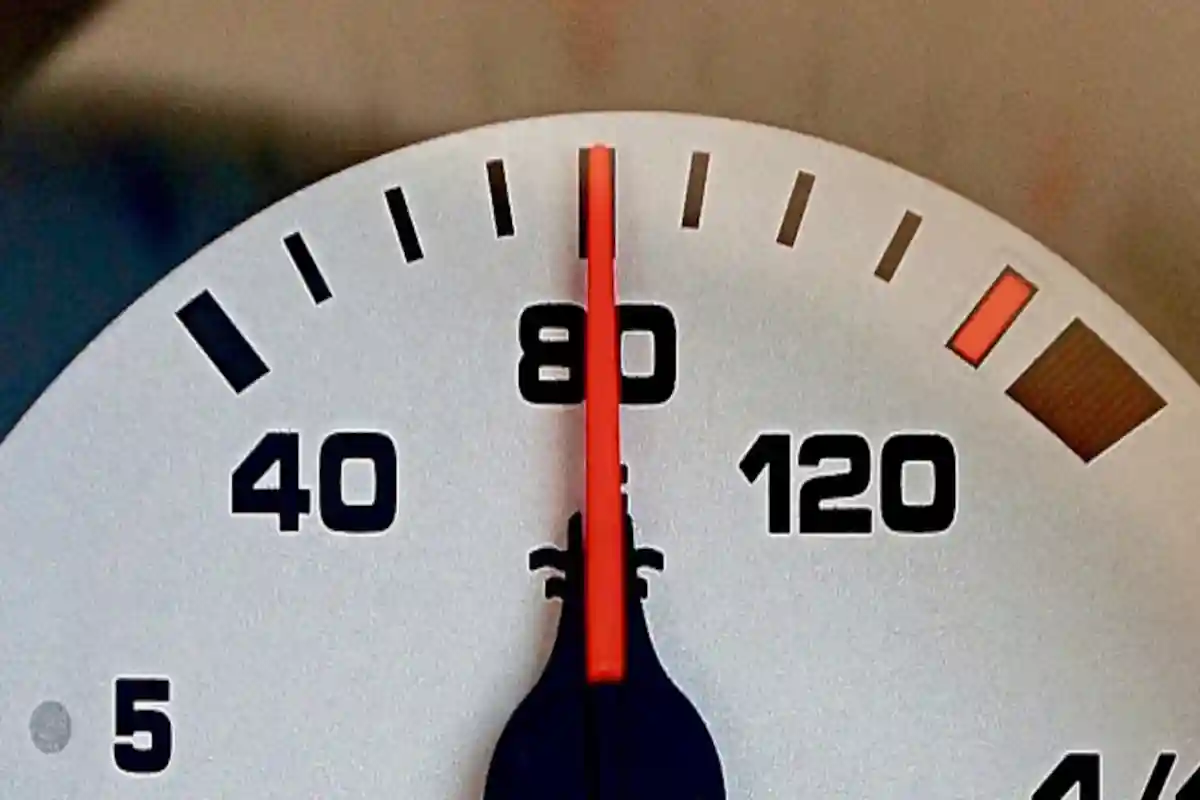
When it comes to your car’s engine, it should neither be too hot nor too cold.
This is where the temperature gauge comes in to help us keep track of the engine’s temperature as you need to make sure that it is just sitting right at a comfortable temperature.
So, with that said, let’s learn more about the temperature gauge and where it should be pointing.
Related:
- Why My Car Temperature Gauge Drops While Driving? (Solved!)
- What Causes A Car’s Temperature Gauge To Rise? (Troubleshooting & Fix)
- How To Tell If Car Is Overheating Without Gauge? (Solved)
Should my temperature gauge be in the middle?
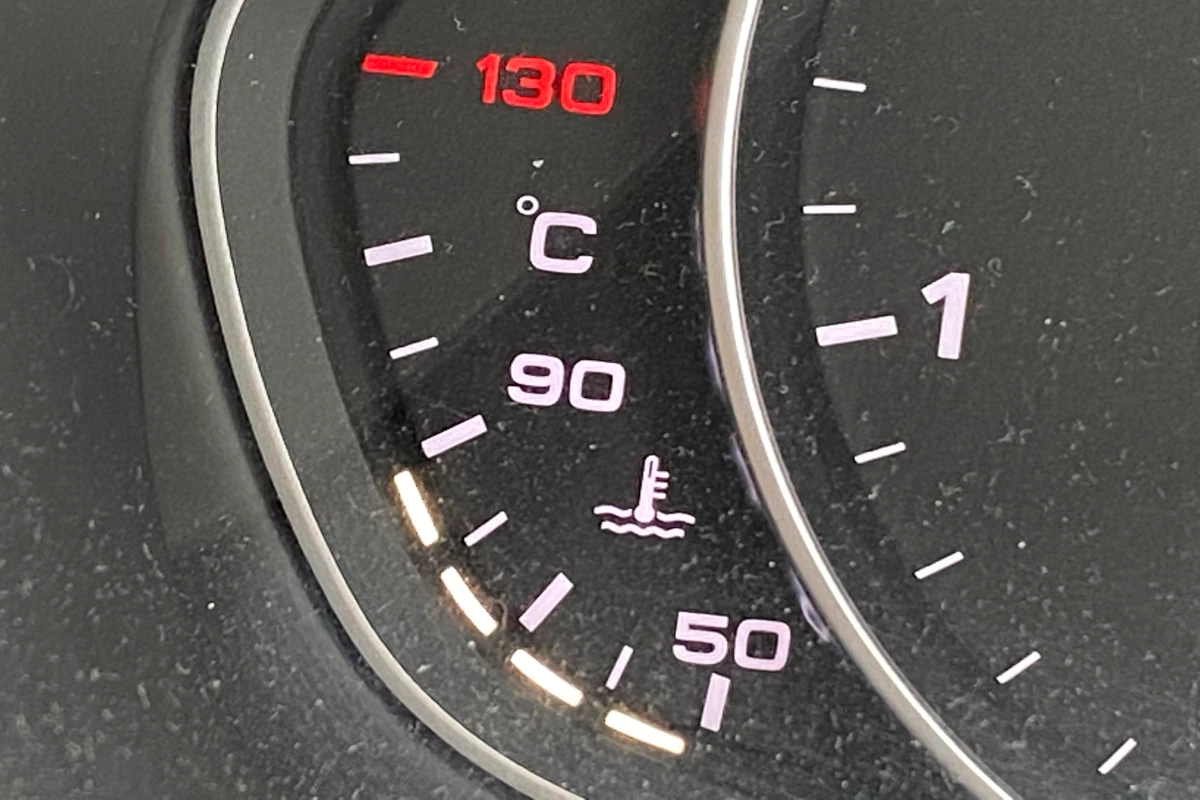
When it comes to the dashboard of your car, there are plenty of different instruments that you are supposed to keep track of from time to time.
Of course, one of those instruments is the temperature gauge, which is responsible for keeping track of the temperature of the coolant in your engine.
Essentially, its purpose is to tell you the temperature of your car’s engine.
So, when it comes to your car’s engine, one of the things that everyone should know is that it is dangerous to allow the temperature gauge to reach a dangerously high reading because that tells you that the engine is running too hot.
If the engine is running too hot, the piston can weld itself into the cylinder and can very well damage or perhaps destroy the engine altogether.
That’s why it is important to keep your temperature gauge reading at the right temperature.
In relation to that, what does it even mean for the temperature gauge to be at the right temperature? Where should the temperature gauge be pointing at for you to know that the temperature of your engine is normal? Should the temperature gauge be in the middle?
To answer that question, yes, the temperature gauge should be somewhere in the middle.
The ideal temperature gauge, according to experts, should be somewhere between 195 and 220 degrees Fahrenheit (90.5 and 104.5 degrees Celsius) because that is when the engine is hot but not too hot to the point that you would end up overheating it. At this temperature, the engine should be warm enough to keep itself running at peak form.
So, what you should know is that having your temperature gauge somewhere between 195 and 220 degrees Fahrenheit (90.5 and 104.5 degrees Celsius) means that it isn’t exactly at the middle of the temperature gauge.
At this normal temperature, the gauge’s pointer should be somewhere close to the middle but not exactly at the middle. It should be a bit past the middle point of the temperature gauge.
What this means is that, for those with temperature gauges that don’t have numbers, the goal is to make sure that the pointer is pointing somewhere at the middle or a bit past the middle of the temperature gauge.
That is when you know that your engine’s temperature is normal and that the engine is doing just fine.
How long does a car take to get up to temperature?
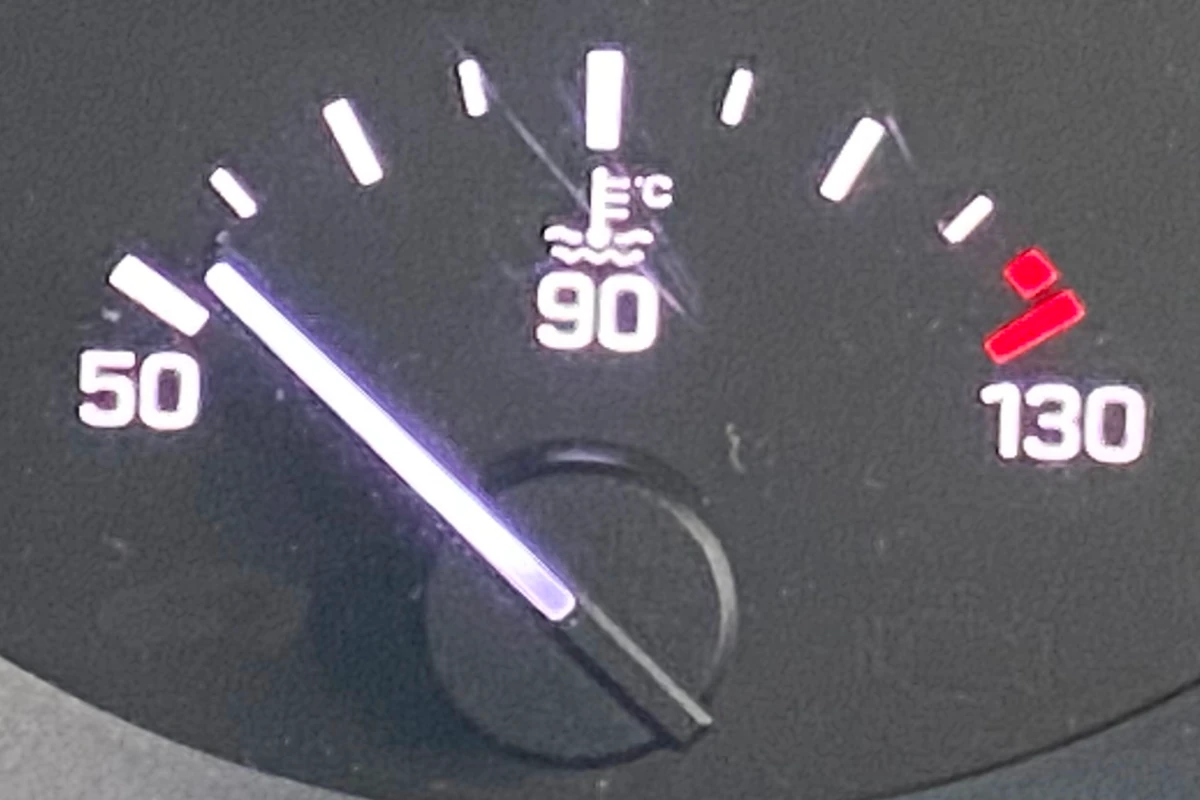
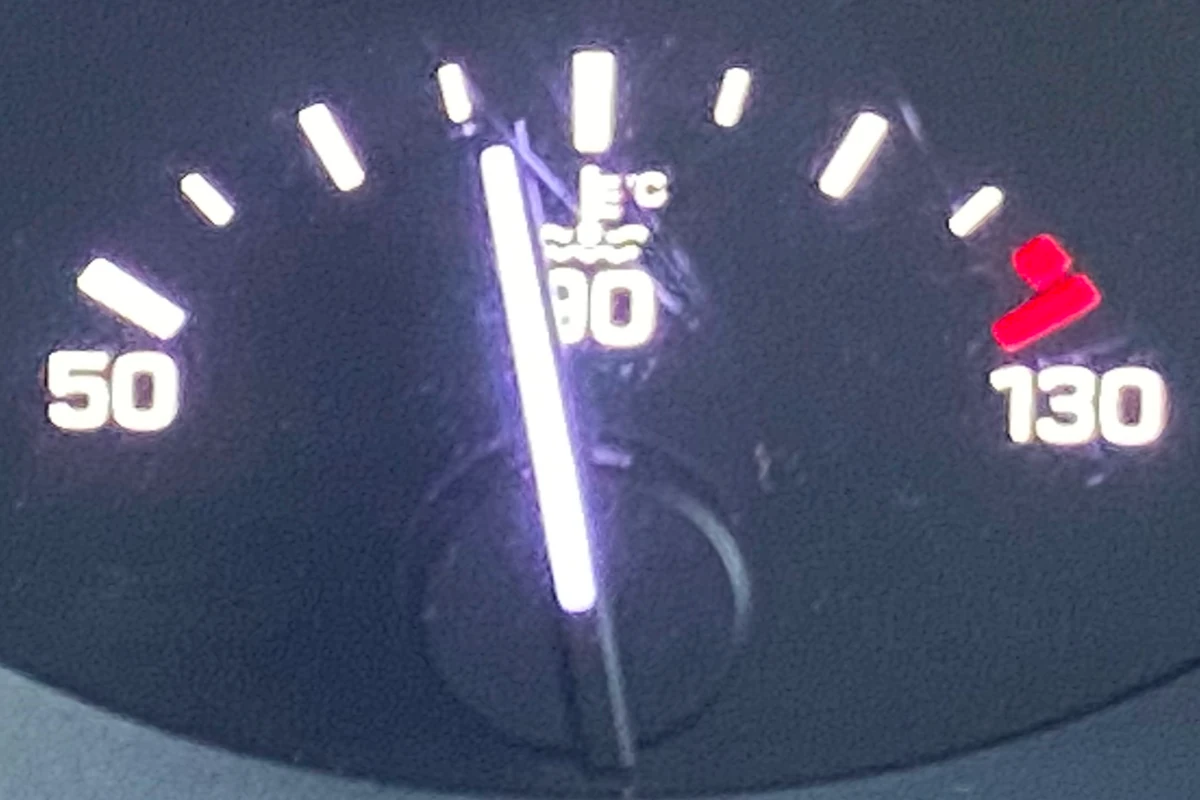
So, now that you know that the ideal temperature on the temperature gauge should be somewhere in the middle if you want your engine to perform at its best, you should also know that having a car that is too cold isn’t also ideal for your car.
That’s why the engine needs to be warm enough but not too cold for it to function at its best.
What this essentially means is that, if you want your car to perform at its best, it needs to get up to temperature first as you allow the car to warm up.
This can be somewhere between 30 seconds or one minute after you started the engine.
However, in most cases, this shouldn’t be something that regular drivers should mind a lot because an engine that isn’t too hot shouldn’t be a problem to them unless it’s wintertime.
Allowing the engine to warm up first should only be something that high-performance drivers and those driving in cold conditions should do.
For high-performance drivers, allowing the engine to warm up allows it to reach the ideal RPMs because some engines won’t be able to reach certain RPMs if the engine has not yet warmed up.
Meanwhile, during the winter, it is natural for the engine to run colder, and that’s why you may want to warm it up first before driving.
Of course, warming the engine up during winter will also allow you to have the warmth you need from your car’s heater.
So, if you are warming your car up, it is ideal that you first start the engine but keep the car idle for about 30 seconds. This should be the time you need to fasten your seatbelt.
The reason why you may want to do this is that this ensures that warming the engine up will allow the lubrication to reach all of the important moving parts of the engine as it warms up.
Of course, if the season is colder than usual, it is ideal to give your engine more time to warm up. Maybe a minute should do.
The point here is that you should look at the temperature gauge to tell whether or not the temperature of the engine has already reached ideal levels.
What temperature is considered overheating in a car?
Now that you know what the normal temperature is for your car’s engine, it is now time to look at what temperature is considered overheating in your car.
This is the most important part of knowing how to read your temperature gauge because you never want your engine to overheat.
As such, when your engine’s temperature is somewhere between 240 and 250 degrees Fahrenheit, that means that the engine is already overheating and that you should pull over to remedy the situation in whatever means necessary.
In some cases, you should already be concerned when the temperature reading is over 220 degrees Fahrenheit and is dangerously close to 240 degrees Fahrenheit because that means that your car is beginning to overheat but not exactly overheating.
However, for cars with temperature gauges that don’t have numbers, the important thing to keep in mind is that the pointer should not be pointing close or at the red mark on the gauge. If it is too close to the red mark, your car will overheat anytime soon.
Meanwhile, if it is already in the red mark, that means that the car is now overheating.
Sources
Auto Warehouse: What you Need to Know about your Car’s Temperature Gauge

